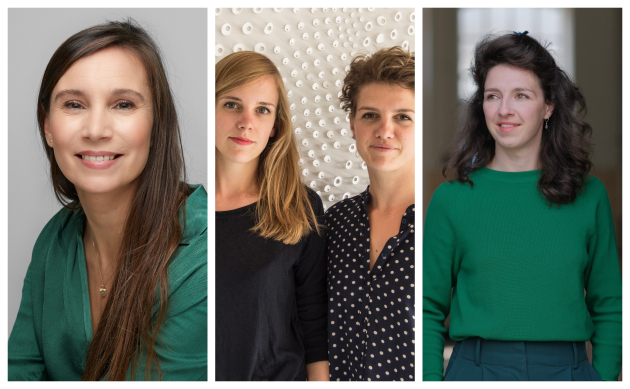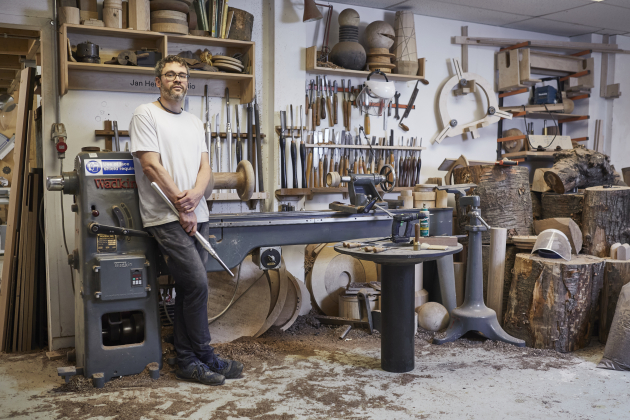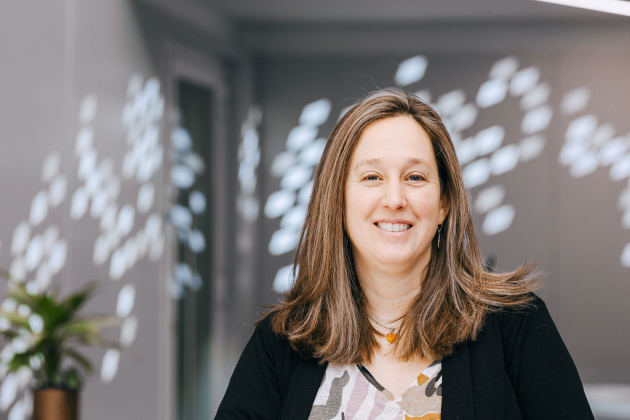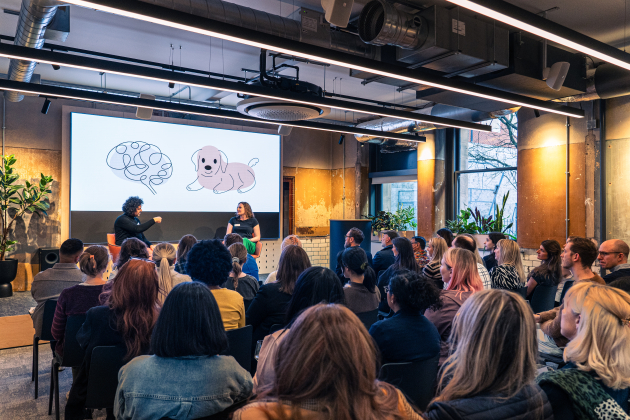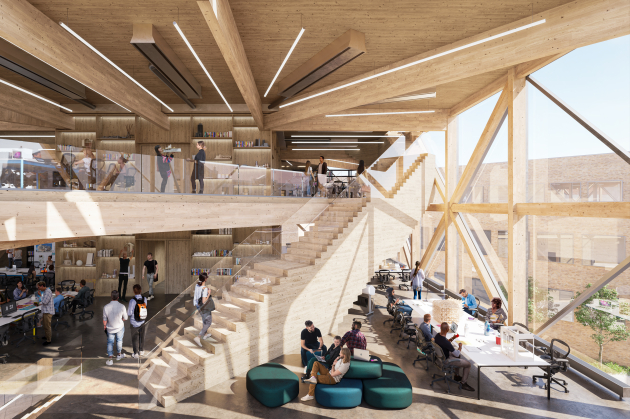Material Source Studio Asks: Neurodiversity – How crucial is the need to be flexible?

To begin our roundtable discussion on neurodiversity at Material Source Studio Glasgow, director and host David Smalley asked the participating group to write on a Post-it note their definition of EDI.
Three different versions emerged. Equality, Diversity, Inclusion; Equity, Diversity, Inclusion; and Employee, Diversity, Inclusion.
As mentioned in the write-up that followed our Manchester roundtable, ‘equality’ and ‘equity’ mean two very different things – as summarised here by David: “Equality is giving everyone the same sized box to look over a wall. Someone who’s tall can see fine, whereas someone less tall may struggle. Equity is giving the person that’s less tall a bigger box.”
During the session in Glasgow, guest Donny Mclean, business executive, McLaughlin & Harvey WorkSpace, asked his fellow roundtable participants how long they thought EDI had been a topic of conversation with clients. To which, Jean Camplisson, design director, c2:concepts replied, “This has only come about in the last two-years.” All around the table nodded in agreement. “It does make you think though”, responded Donny, “why wasn’t it being considered before?”
With EDI’s infancy in the professional zeitgeist, it’s perhaps no wonder that its meaning is still up for debate. As was also outlined in our roundtable on EDI, current regulation relating to EDI and neurodiversity is open to interpretation. But as communication about what it could, and should, mean for architects and designers intensifies, is clarity on the horizon?
Tying into our editorial and event spotlight on EDI – we continued the discussion over at Material Source Studio Scotland, bringing together six architecture and design professionals to contemplate neurodiversity, and the crucial need to offer flexibility. Chair Material Source director, David Smalley, guided the discussion from definitions to design considerations and insight gathering initiatives. Viewpoints were offered from a wide range of perspectives, peppered with personal anecdotes to bring the conversation to life.
Our guests
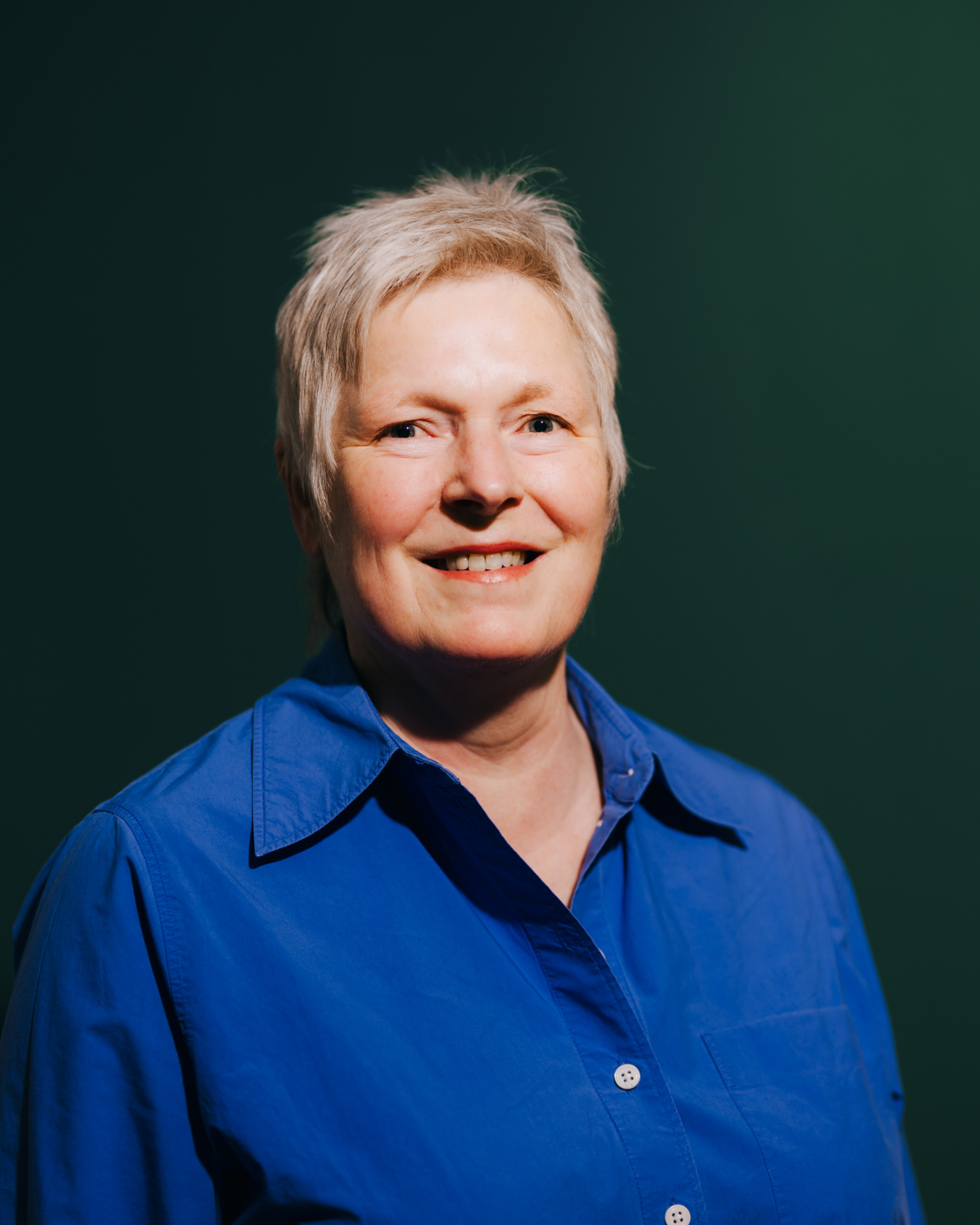
Jean Camplisson, design director, c2:concepts
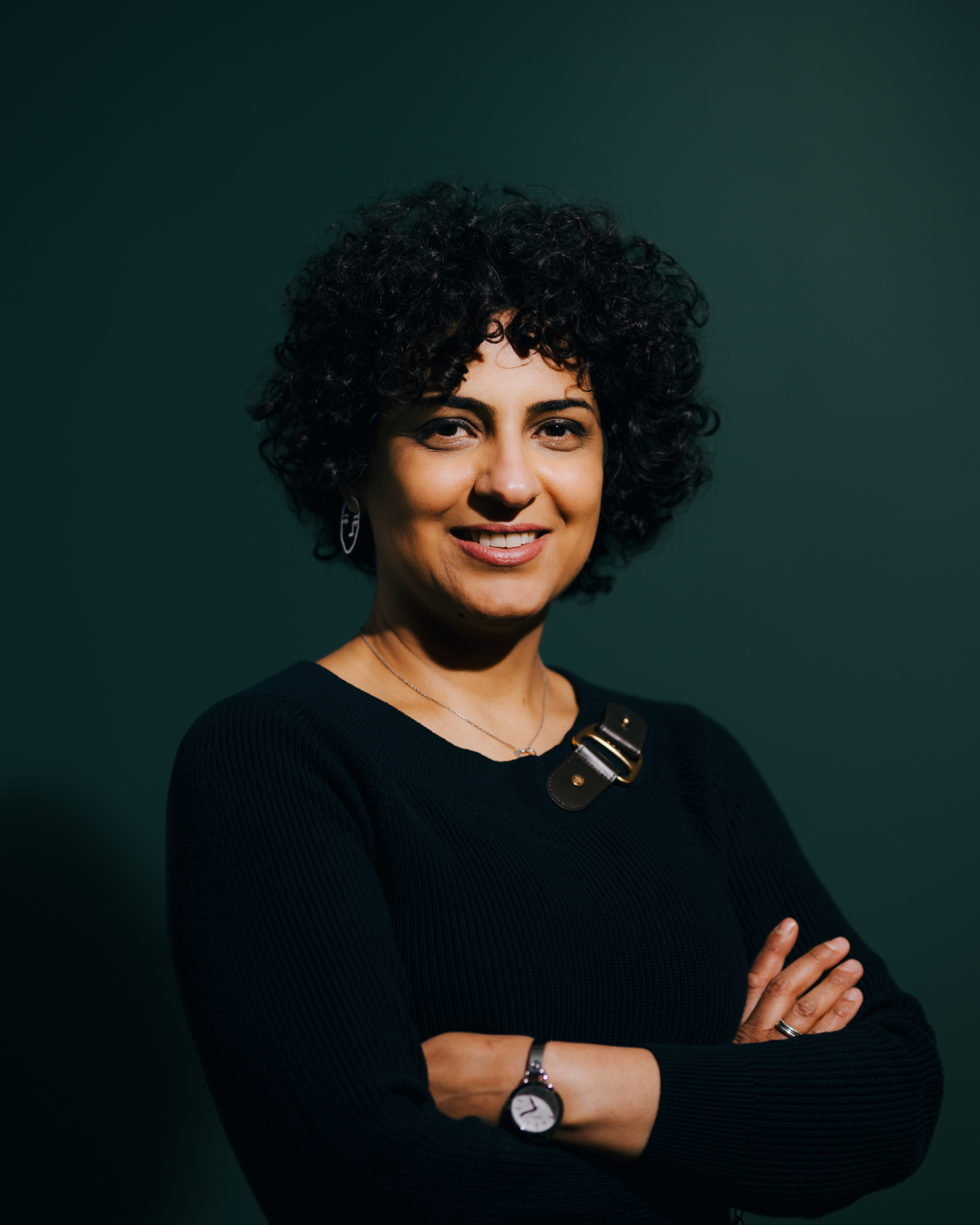
Atepheh Amid, associate director, AECOM
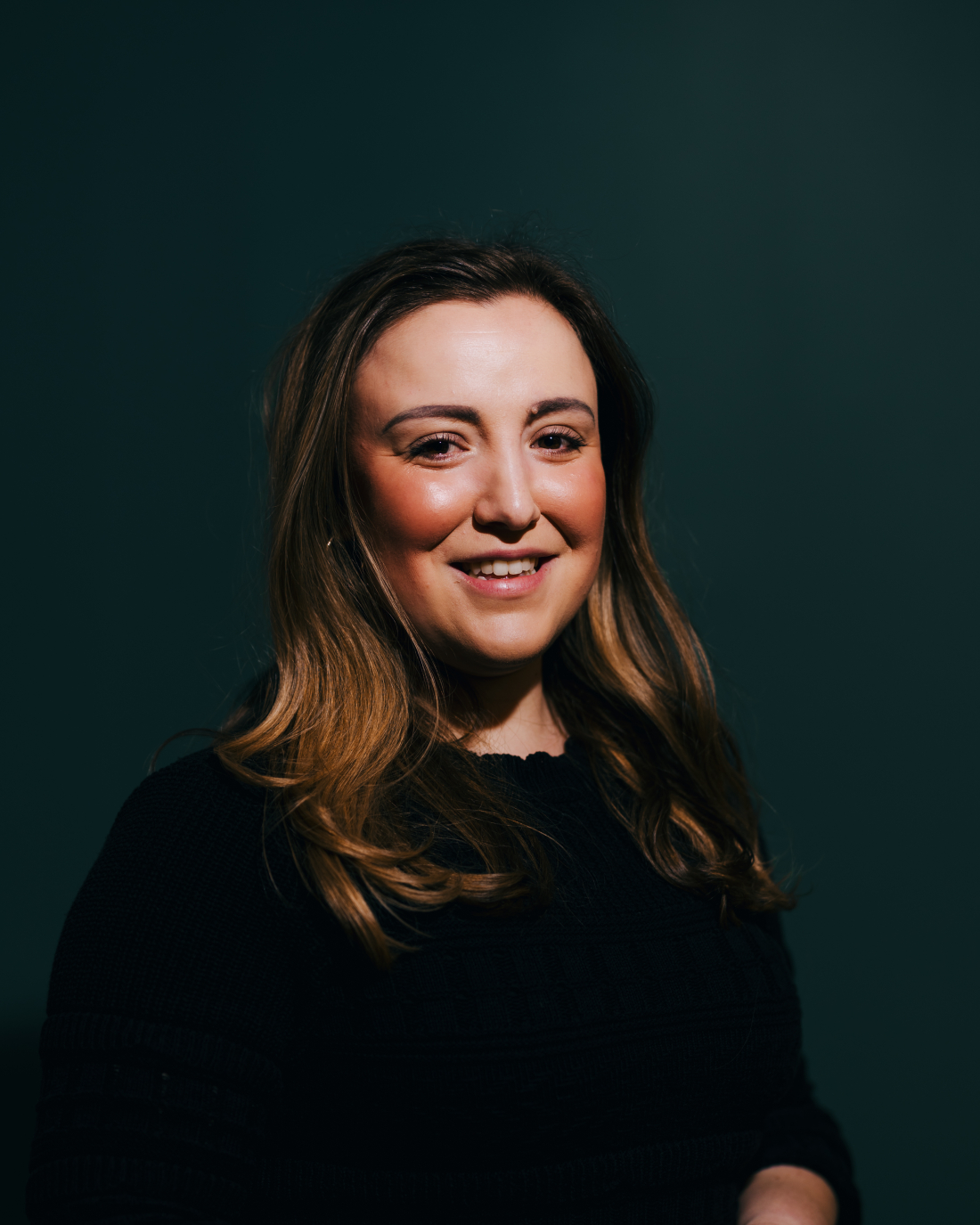
Marcella Coia, interior designer, Dimora Interiors
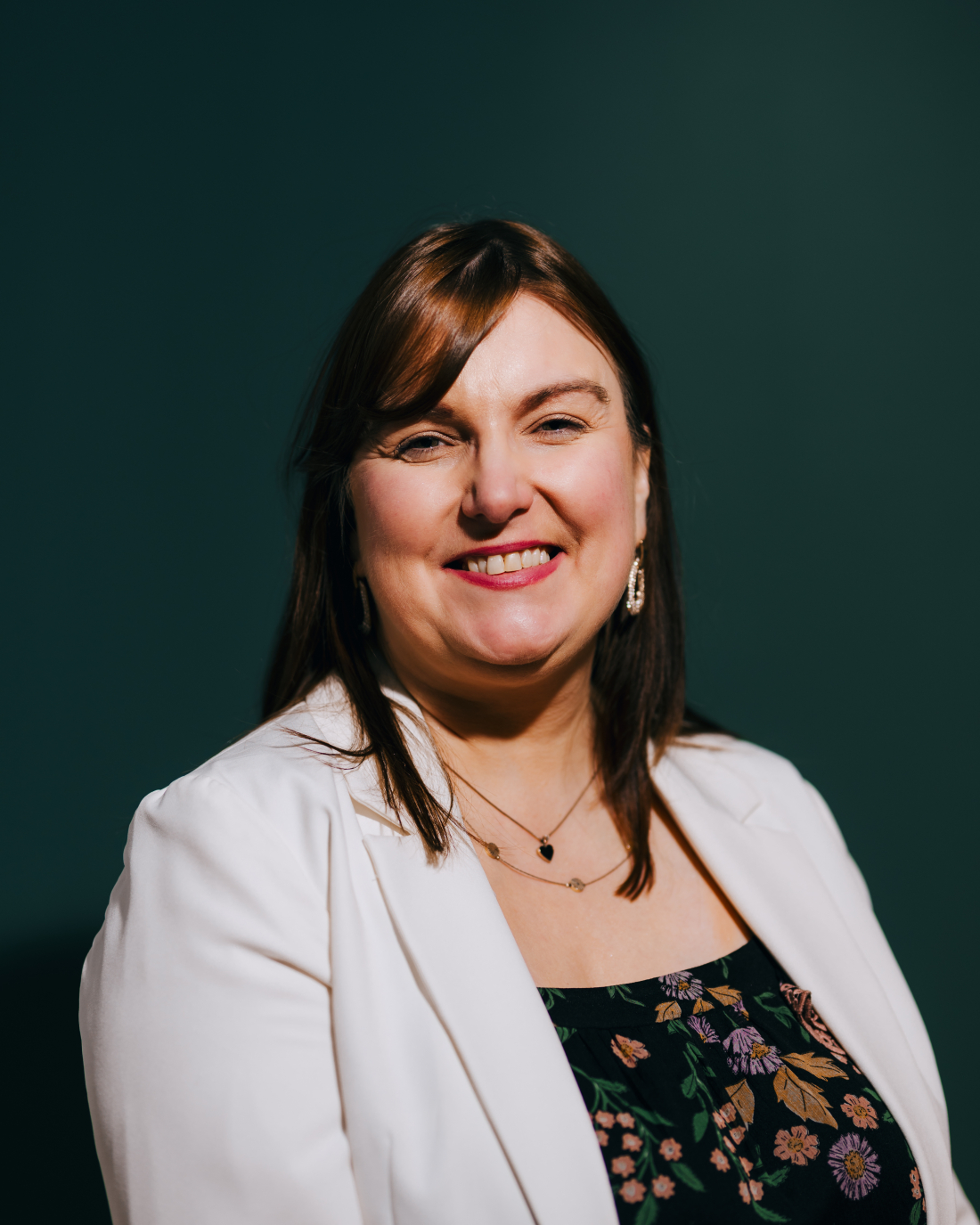
Lindsey Wilson, senior designer, AtkinsRealis
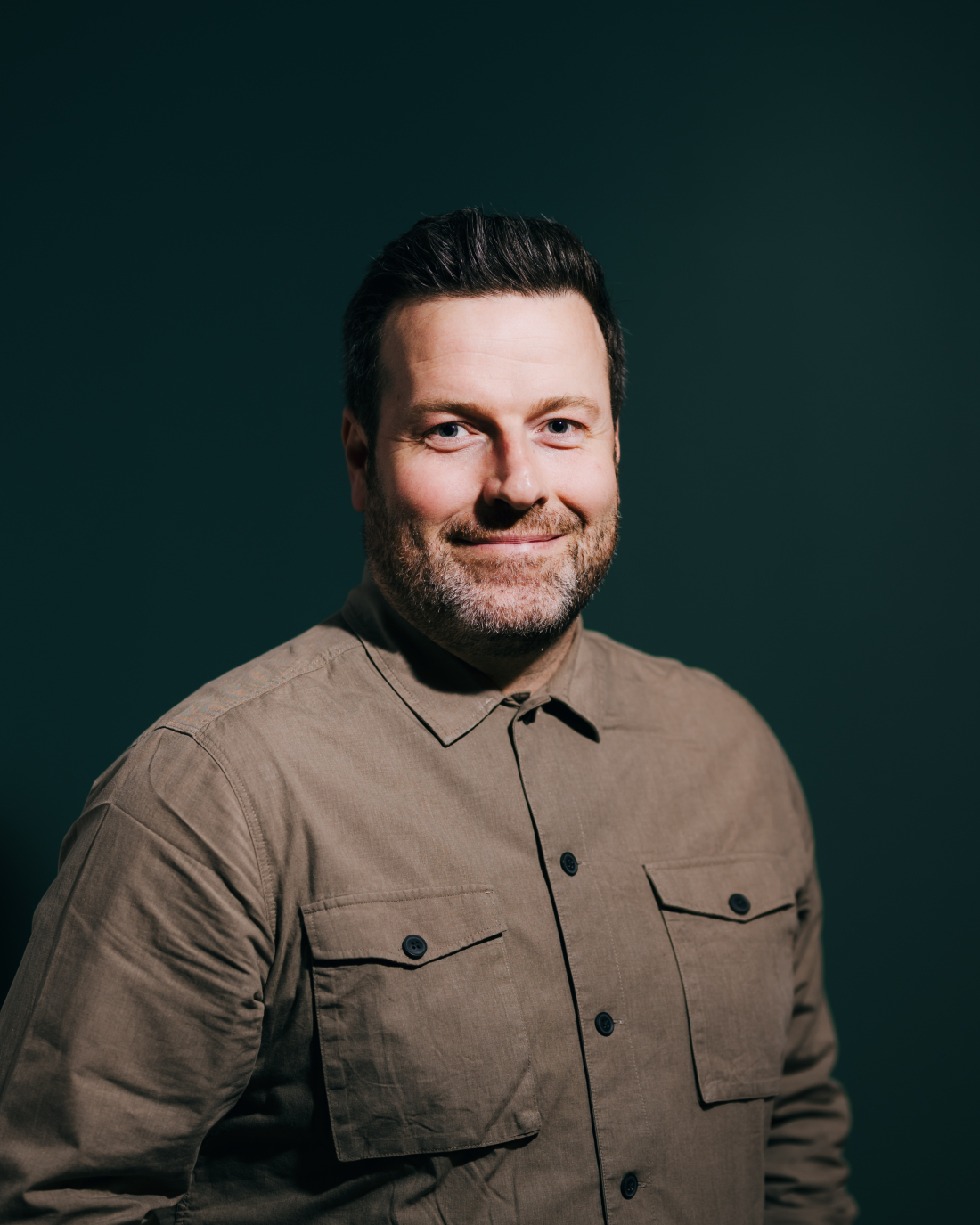
Donny Mclean, business executive, McLaughlin & Harvey WorkSpace
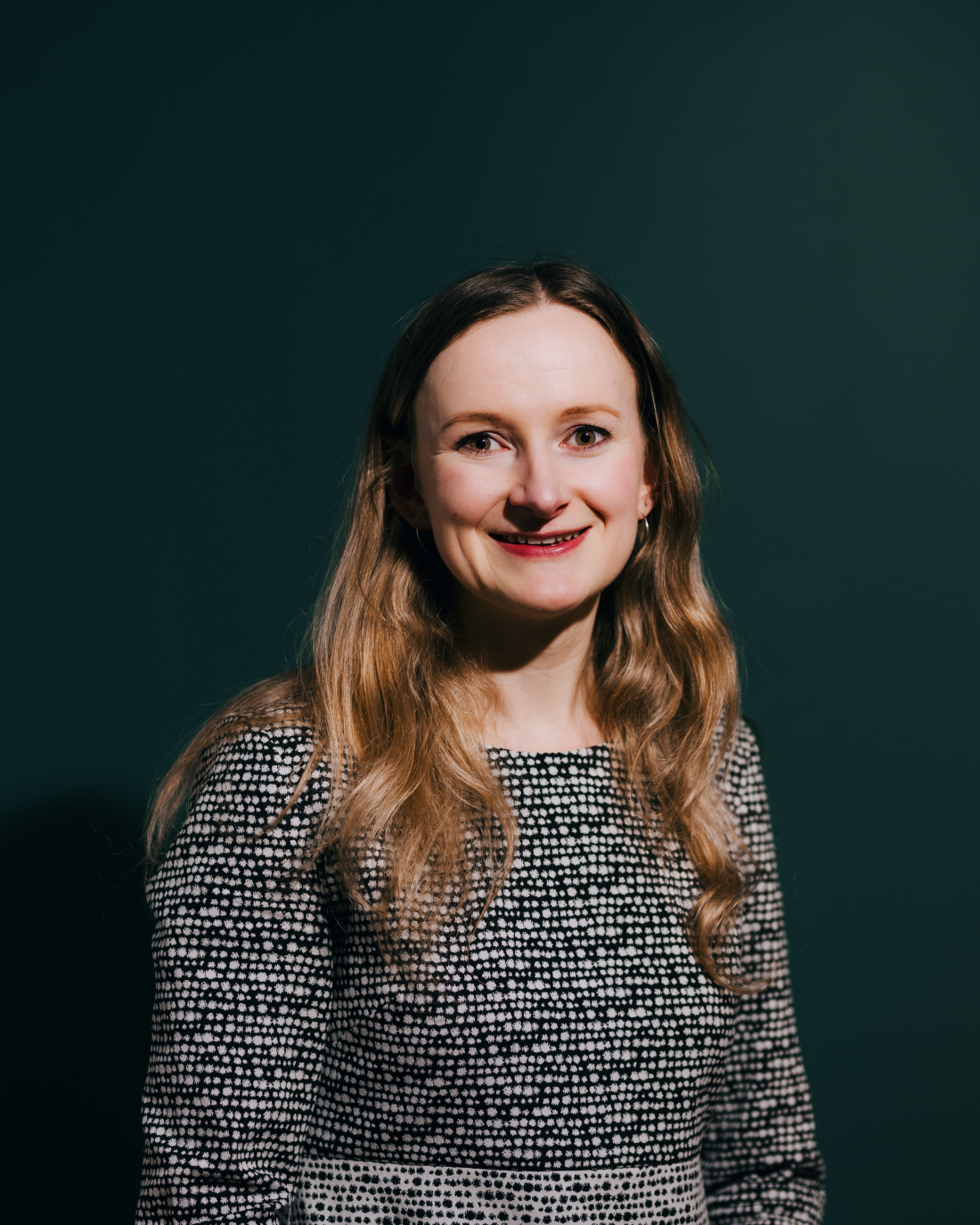
Shona Common, architect, 3DReid
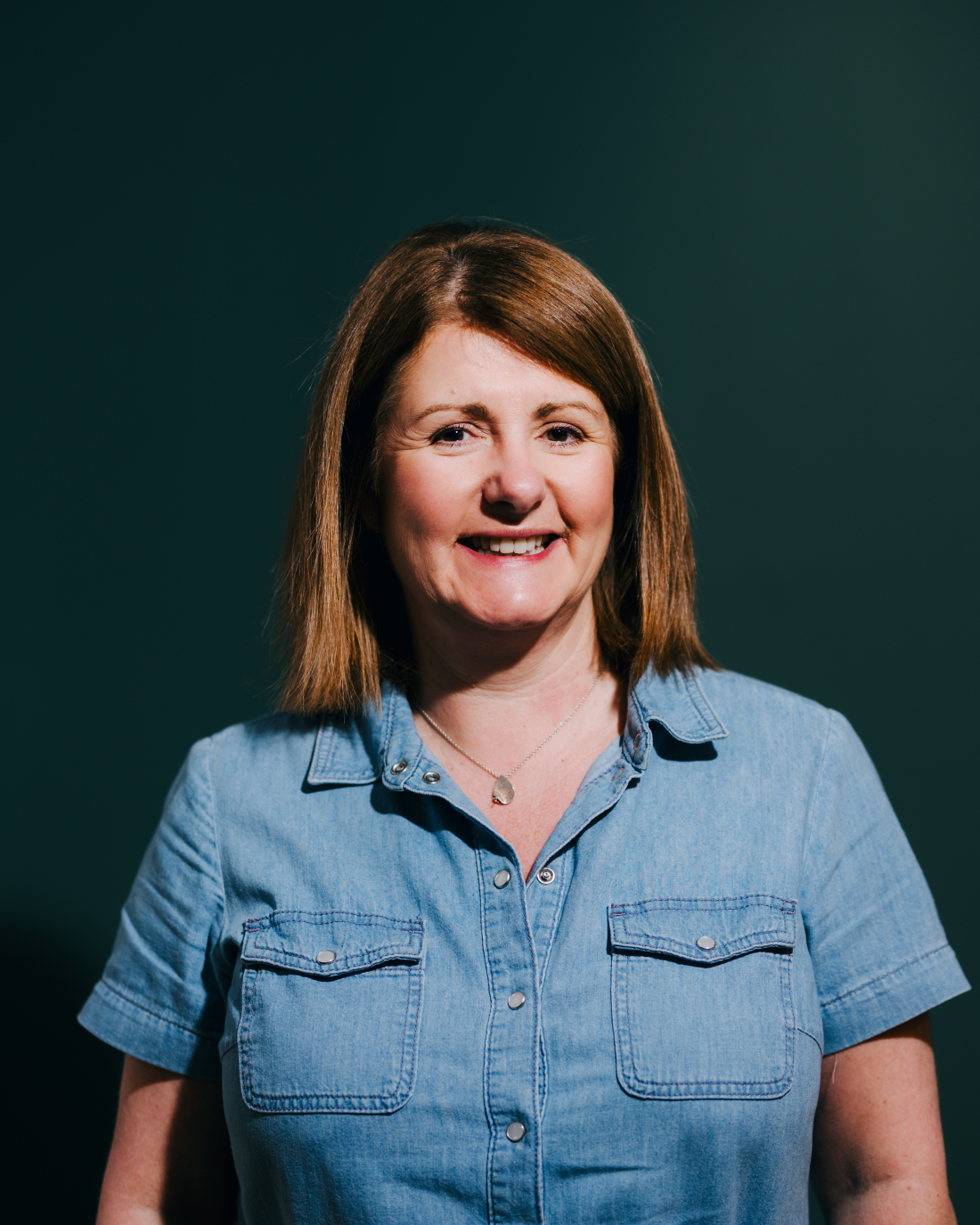
Julie Hillhouse, housing key account manager, Altro
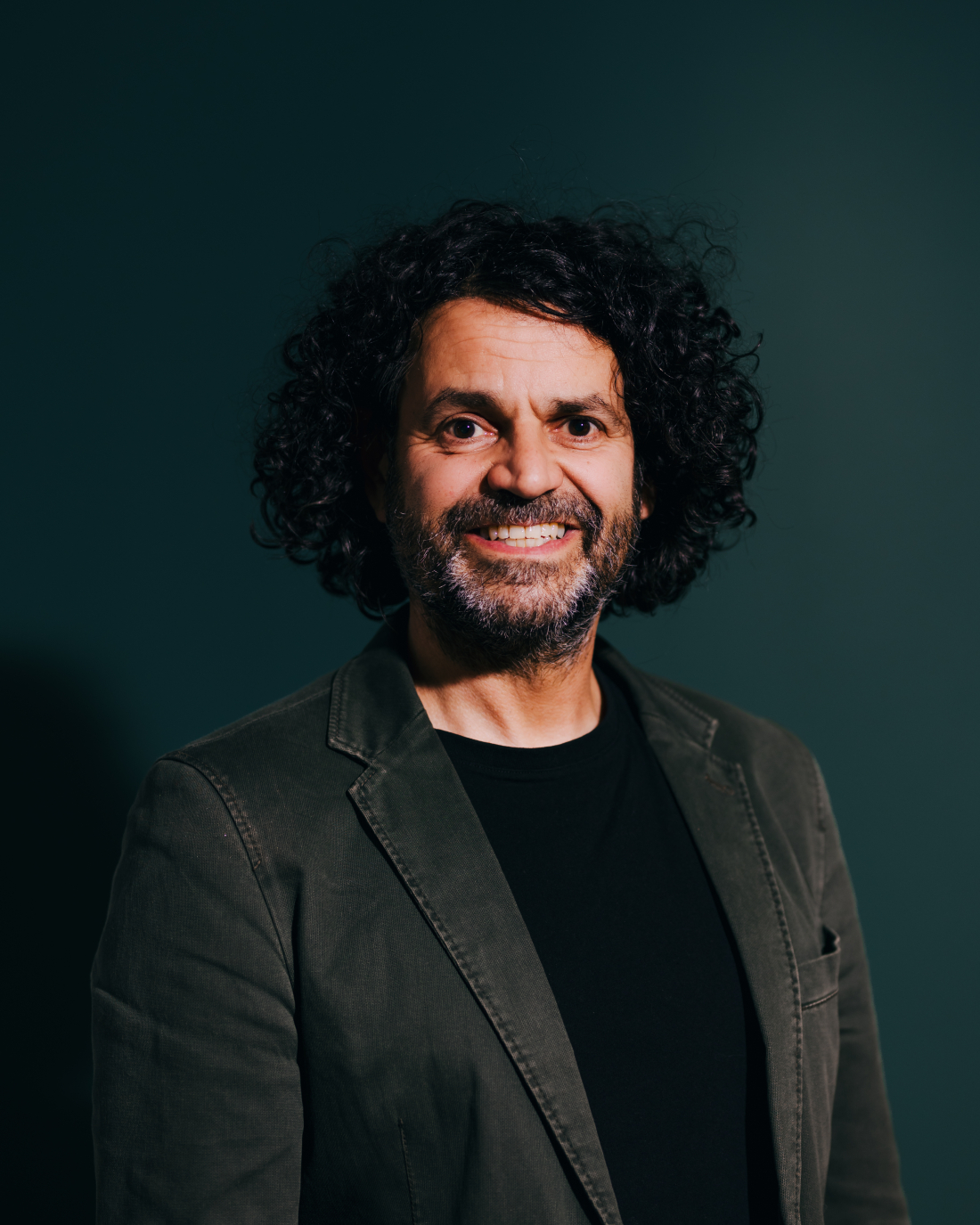
David Smalley, director, Material Source
Automony for the individual
Starting with definitions, David asked, “What’s your understanding of EDI and what it means?”
Atepheh Amid, associate director, AECOM, replied that’s it’s the “I” that stands out most to her. “For me, it’s inclusivity – the policies in this area almost cover everything, because when you design for everyone, as part of that you consider diversity, and equality.”
“When I first heard EDI, I was cynical – it sounded like another buzzword. But when I looked into it, I found it extremely interesting” added Donny. “As designers, we’re inventors - always thinking about how we will influence peoples’ behaviour in spaces. And a big part of this is considering neurodiversity – it affects us all.”
Lindsey Wilson, senior designer, AtkinsRealis, shared that she had also questioned the acronym. “EDI isn’t a term I would use – for me it’s something a corporation would look at in terms of creating Equality, Diversity, and Inclusion for their employees. It almost feels as though it should come from the wider organisational frameworks.
“Design for me comes down to the individual client, the standards that guide us, such as the BS83000 [developed by the British Standards Institution (BSI) to outline how buildings should foster accessibility and inclusivity for people with disabilities], and the consideration of all types of neurodiverse mind.
“The principles of EDI are not new to us – we have clients in the workplace sector that really emphasise the importance of it.”
“When a client is focused on EDI, then”, asked David, “what type of things do they want you to consider?”
“In the world of EDI, it’s choice”, continued Lindsey. “Their facility has to offer autonomy for the individual.”
Jean gave a specific example of this, “We work with a client whose employee base is made up of mostly mathematicians. When they come to the office, they want a quiet place to work. And they don’t want to have to walk for miles to find somewhere to sit. They need to know they’ve got a desk - with adjustable elements, such as the lighting.”



Shona Common, architect, shared that 3D Reid has its own “EDI group” internally, which has recently been reformed as the “people group” formed to represent individuals across its studios. “EDI forms a part of it”, Shona said, "but it is one of a number of principles established – others being communication, or wellbeing, for example.”
Similarly, Altro has a “Dignity at work” initiative, which Julie Hillhouse, housing key account manager, is a part of. It offers the company’s team members the opportunity to talk in confidence about their needs.
Though this type of dedication to EDI is encouraging, Jean highlighted the point that people don’t always feel comfortable in raising issues, or asking for what they need, at work. So, “how do people best express themselves?” she asked.
“I guess it depends on the individual, and what their requirements are”, responded Shona. “It might not be the ‘people group’ that they go to for support, but it’s one route they can take to voice their opinion or help establish what kind of support might be needed.”



Control for concentration
It’s estimated that one in seven people – more than 15% - of the UK’s population are neurodivergent. And, of course, neurodivergence has many different strands. For designers, there’s a lot to consider. David asked the group: “what is it you’re working to achieve for the individual?”
Speaking of her own experience, having been diagnosed with dyspraxia, Marcella Coia, interior designer, Dimora Interiors, considered what type of interior setting might aid her in working – when concentration is required, commenting that this wasn’t something that she’d thought too much about before.
Lindsey believes the key is in offering control – “It’s allowing you to be in control of the space around you. And your schedule.”
This was seconded by Atepheh, who shared that one of her colleagues was struggling with peoples’ passing movement in their peripheral vision, and that was affecting their ability to concentrate in the open-plan office.
“How do you overcome this for the person through design?” asked David.
Again, it came down to control and choice - through “offering different work settings”, suggested Jean.
“There needs to be areas of low stimulus”, continued Lindsey. “And some high stimulus for those who like the buzz and the noise”, added Donny. “This can be done through landscaping.”
This idea of “landscaping”, which was also brought up in the roundtable discussion in Manchester, allows designers to get down to the nitty gritty. However, when all end users have very specific needs, the variation in choice must be vast. “There is a quiet room where the person I mentioned might go", said Atepheh, "but the issue with that is the door must be closed – so it almost becomes isolating.” Although the movement problem may have been solved with this option, another challenge has potentially been raised.




“We consider the stimulus journey”, offer Lindsey, “specifically which way people would need to face for more or less stimulus. When designing a workspace, we would map out the areas people travel through, and the levels of stimulus throughout – considering the senses, and offering choice across movement, light, sound, smell etc. When you consider these things, it makes you place things differently. Looking at collaboration spaces – perhaps it’s more than one that’s needed for low and high stimulus. Because not everyone perceives meeting and collaborating as the same thing.”
Widening the sector focus, David asked, “does EDI ever come up with residential clients?”
“It never comes from them”, answered Marcella. “But when I approach a project, I ask the person or family, what do you do in this space? How do you use it?”
The social housing sector was also said to be lacking in EDI consideration, with end user engagement a rarity.
In the hospitality sector, EDI hasn’t been a focus there either, says Shona, with the design more driven by the client’s “vision”. However, she believes that working with the likes of inclusivity consultants is crucial for the future. “We need to understand how people are experiencing spaces.”
Value engineering was raised as potentially skewing the design intention, which could also have an impact on the way peoples’ needs are – or aren’t – properly met.
But cost shouldn’t play a major role in designing for inclusivity, continued Shona, “there are things we can do at no additional cost to the client. And anything that’s created for inclusivity is not going to be at the detriment of any other user.”
Failing to support the people in a space with a more diverse set of needs, though, most definitely can prove detrimental. This echoes Dr Stephanie Fitzgerald’s comment at our Designing for EDI seminar - “We talk about people with disabilities, but it’s environments that disable people.”
A recent report published by The Independent Inclusion at Work Panel investigated the state of Equality, Diversity and Inclusion (EDI) business practices in the UK, and found that while many employers want to ‘do the right thing’, they are implementing EDI initiatives without an evidence base. And many don’t know the impact these initiatives are having - in some cases they were found to be counterproductive.
"If a space is designed properly, you’re providing freedom of choice to all", Lindsey commented.



Insight to action
The discussion moved on to the discovery of client and end-user needs, prompting Donny to raise the point, “is it appropriate to ask clients personal questions about their needs?”
When organising a discovery workshop for her EDI-keen client, Jean requested there be neurodivergent people in the room to offer a clear picture of what was truly needed. On another project, people with a range of different disabilities were consulted from the start so their inputs could be considered right across the project. In terms of design, this spanned colour contrasts to biodiversity and wayfinding.
“You can’t put people in boxes”, said Shona. “It’s important when designing a space of any kind that you speak to the end users – they’ve got a voice. Don’t just tell them what they’re getting. Include them and ask for their expectations.”
On a recent education project shared by Donny, a cross-section of end users including the school children and their parents were brought in to not only discuss their requirements, but experience what their new space could be like through the use of VR headsets. “This helped with the transition from ‘this is the school you attend every day’ to ‘we’ve knocked your school down, here’s a new one’. It was important this was a gradual process.” The project was a success and Donny believes this was down to this early, and continued engagement. In this case, ‘social value’ was prioritised over profit.
In a similar vein, AtkinsRealis offers inclusivity consultancy on its client projects along with design, and Lindsey commented that many companies now have their own guides or standards for creating healthy buildings to work to.
This type of close-knit process has to be “wanted by the client” comments Jean. “It requires leadership”.
Atepheh suggested there is always new intelligence to be discovered – that designers can’t know all the answers, rather it’s a universal learning process.
To conclude, Julie said, “Neurodiversity ticks every box – it goes across every walk of life. From nursery to assisted living.”
“And it’s created new typologies. It’s almost like having a bigger dictionary for the types of spaces you can now include in a building”, added Lindsey. “There’s a niche – and niche is respite spaces, which simply didn’t exist before.”
“So, this new focus on EDI and neurodiversity is offering a re-start?” suggested David.
A sea of agreeing nods from around the table signified that, yes, it is. And, as a result, design briefs are arguably more interesting than ever before.



Many thanks to all of our guests, and to our supporter for this event, Altro – partners at both our Manchester and Glasgow Studios.
If you’ve not yet read our write-ups of the Manchester roundtable and seminar – EDI: Are we creating the right culture? And Designing for EDI – with Dr Stephanie Fitzgerald, author of Reworked & founder of Soyo Ltd – you can read them here, and here.
You may also have spotted that roundtable guest Atepheh featured as part of our podcast series, 42 Roles in the Built Enviroment – give her episode a listen here.
All image credits: Lewis Cannon


